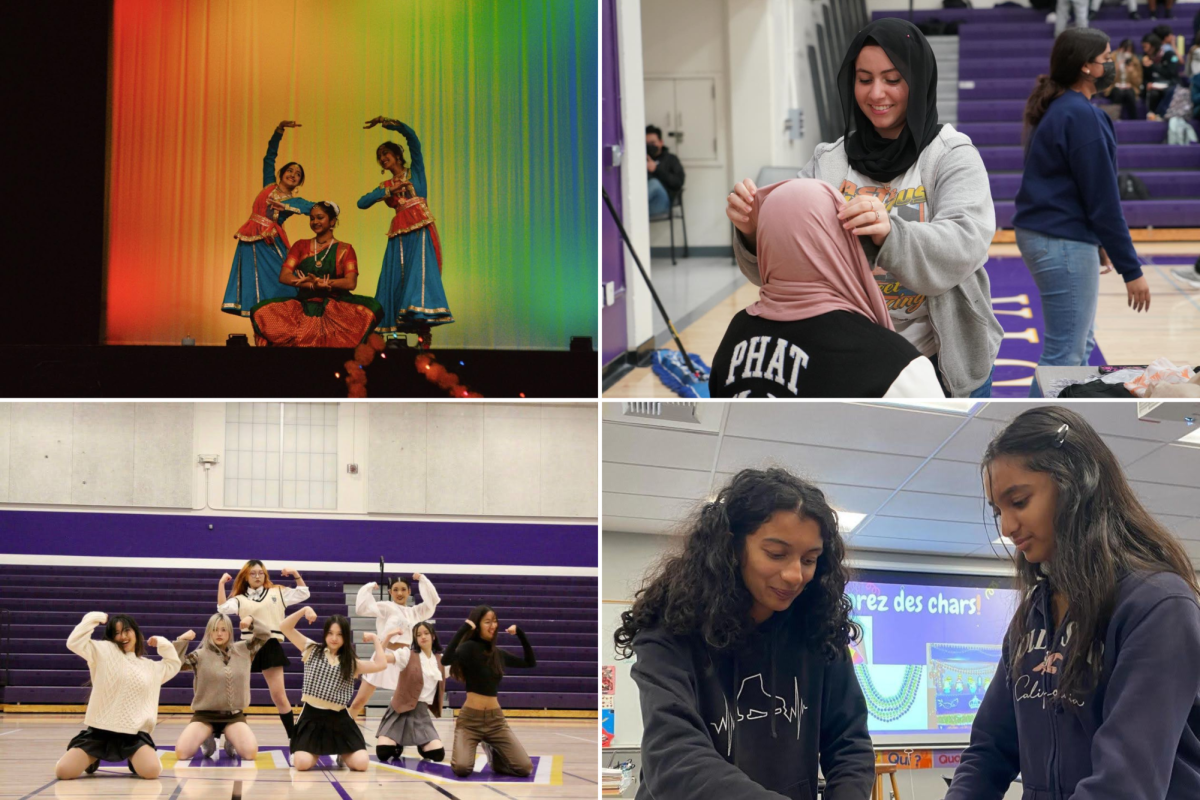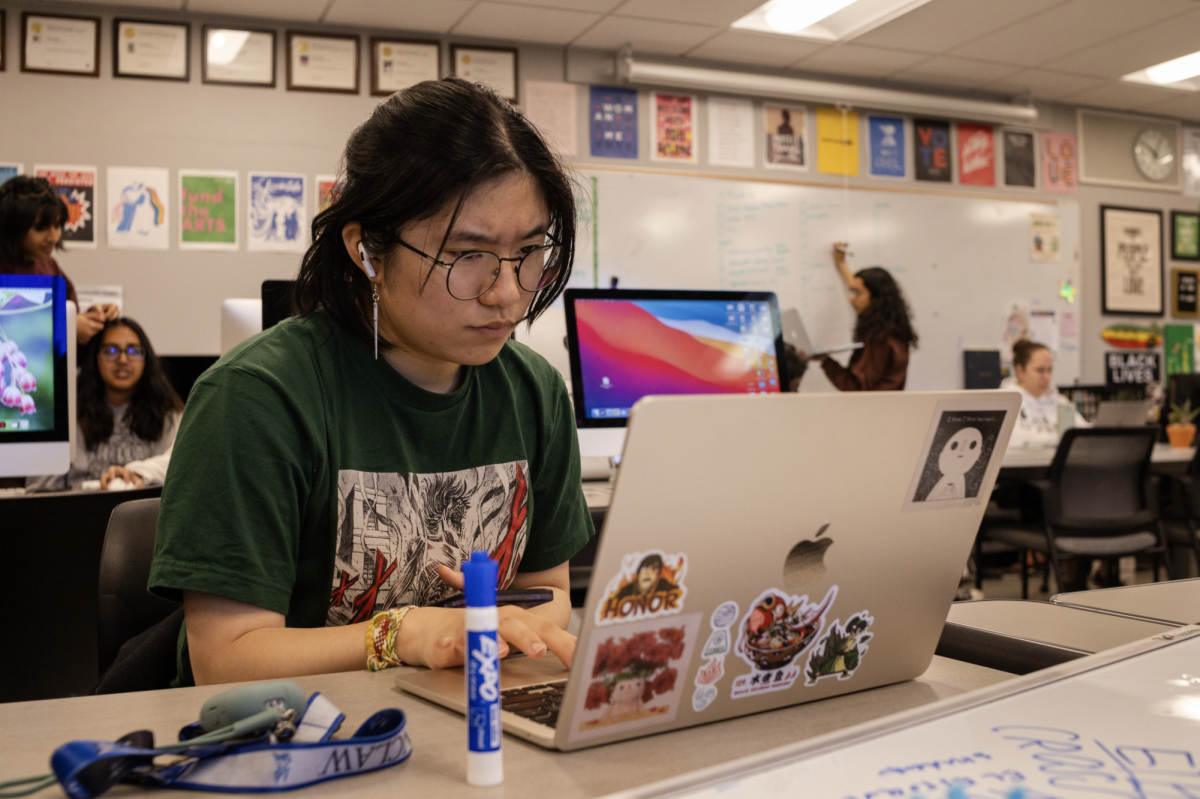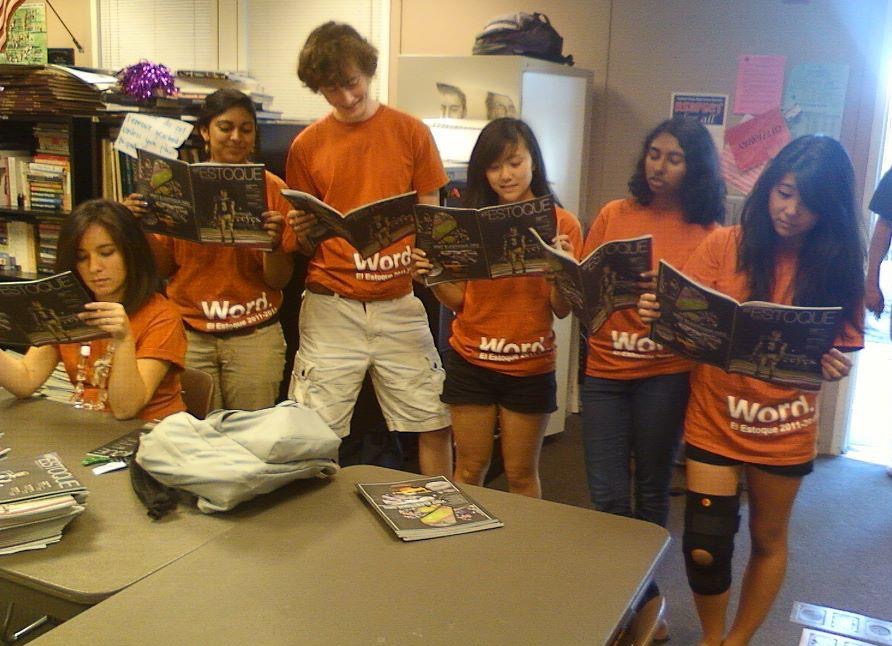It was the last straw.
Industrial technology teacher Ted Shinta, a student at the time, was ready to face his challenger. Knowing he had the disadvantage of being smaller, he proceeded to the location where a fellow student had agreed to a duel after school. After a long period of name-calling, racial condemnation and periodic shoving, Shinta figured since teachers neglected to take action, it would be his responsibility to stand up for himself. It was time to stand up to his tormenter.
After waiting, Shinta discovered that the bully never showed up. The following day at school, he called the bully “a chicken” in front of their P.E. class. Shinta had won — the bully would never try to threaten him or anyone else ever again.
During his time at Fremont HS, Shinta noticed that when people were bullied, they were often influenced to “fight back” due to peer pressure.
“If you came home crying because someone was picking on you, then the advice was ‘Well, don’t be a wimp,’” Shinta said.
Rather than retaliating like most of his peers did, he took his father’s advice to resist bullies rather than confront them, as confrontation would feed into the bullies’ satisfaction. However it can come to a point when enough is enough.
Shinta believes that confrontation is not the best way to respond to a bully, but when the threats become unbearable, people need to be able to stand up for themselves and put an end to conflict. For him, defending yourself is important for maintaining the level of respect you from others.
English teacher Jackie Corso has a slightly different opinion, one that was formed as an adult. She believes the most difficult, but more effective method of resolving conflicts is through direct communication.
As a high school student, Corso remembers having a complete opposite mindset. Never having realized that confrontation may have been the best way to deal with awkward and frustrating situations, she often resorted to the common act of talking behind people’s back and avoiding her bullies.
She admits that it was challenging to control her emotional reactions, as she hadn’t reached the level of maturity to trust that judgement.
Even as an adult, she still finds herself constantly learning new ways to interact with people when facing a problem, specifically as a teacher. Since her first years of teaching at MVHS, she has learned to be more reasonable and upfront with her colleagues.
“I didn’t know how to go about having discussions with people,” Corso said. “So even just comparing then to now, I feel like I’m far more direct.”
Corso isn’t the only teacher whose thoughts have changed over time. English teacher Monica Jariwala has had her fair share of thought renovation as she’s worked closely with students on a daily basis.
She believes the best way to solve a problem is to talk through it, as opposed to ignoring it. To her, letting issues linger causes an accumulation of negative emotions— anger, hate and hurt build up until they drive someone to take reckless actions.
Thanks to her teaching position, which has exposed her to the teenage world, she discovered that oftentimes people are reluctant to address problems directly.
“It’s harder to look someone in the eye and tell them,” Jariwala said. “It’s easier to text it or to post something because then you don’t see the person’s reaction.”
Jariwala understands that confrontation is a difficult action to take, especially when it may not necessarily be emphasized.
“I think a lot of times we grow up and we’re not taught to work things out,” Jariwala said. “Perhaps it’s just that [students] never had to [deal with bullies] before.”
Corso too understands that difficult conversations about conflict can often leave someone open without protection. Talking through sensitive issues can cause feelings of anxiety and self-doubt. A lack of experience, paired with the vulnerability that comes hand in hand with direct communication, results in reluctance towards open communication.
According to a study conducted by the Regional Education Laboratory in 2010, 64 percent of victims didn’t report their bullies. To these three teachers who have slightly different experiences and opinions about bullying, one thing is clear: When a student feels they can no longer handle a situation, the victim should take action and notify an authoritative figure.
Looking back at his time in high school, Shinta recognizes nowadays teachers and administration are more likely to intervene of their own accord with bullying situations such as his own. Society’s approach on bullying has significantly changed for the better since his time as a teenager.
“If a real bullying thing is going on—if it’s a cyberbully or somebody saying something to you on campus—then a student doesn’t have to deal with that because you have the teachers and and staff to take care of that,” Shinta said. “Nobody should have to put up with that.”






















